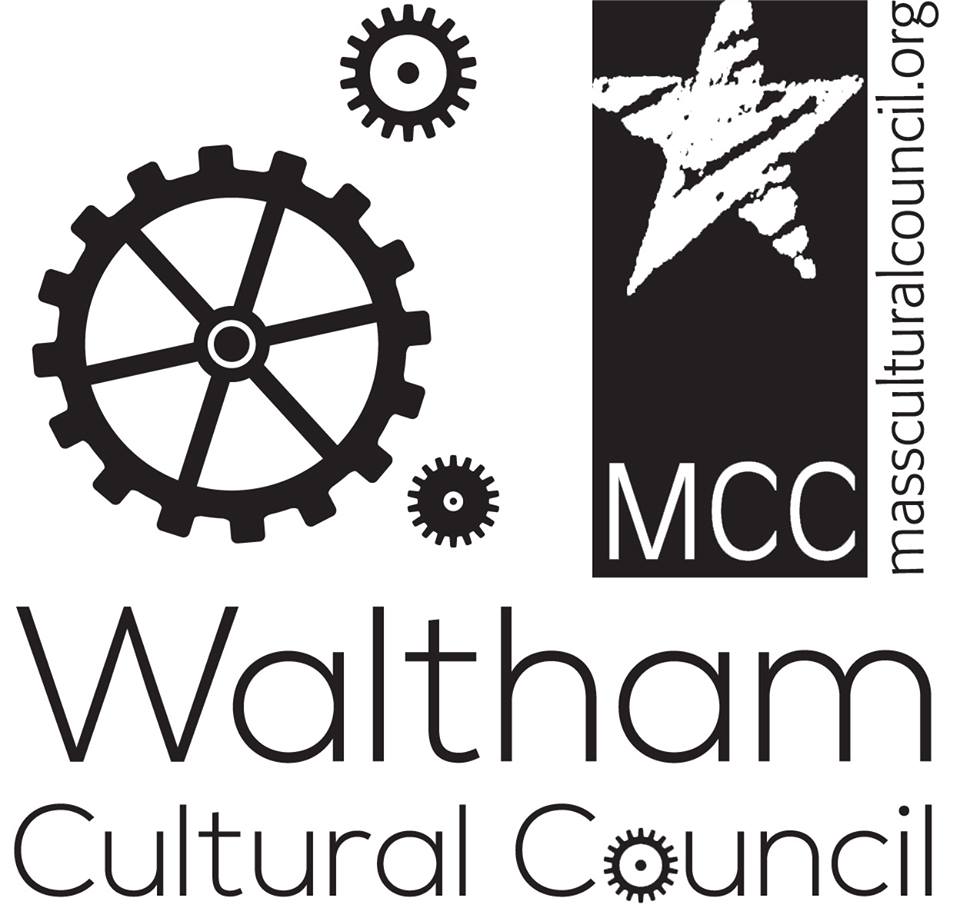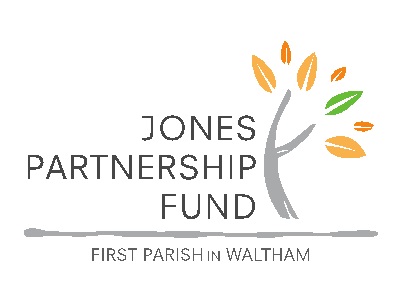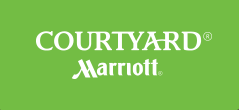Chamber Music Series
Traditionally, throughout the Spring, members of the WSO perform in a series of chamber music concerts in the chapel at the Chapel Hill-Chancy Hall School.
17 JUNE 2016, ~5PM
Waltham Riverfest 2016
84 South Street
Waltham, MA, 02453
Join the WSO Chamber Players for a relaxing late afternoon concert of brass music.
For more information on the Riverfest, click here.
18 SEPTEMBER 2016, 3-5 PM
Location: First Parish Church, Waltham
50 Church Street, Waltham MA 02452
WSO CHAMBER PLAYERS
Schubert Piano Trio in Eb Major
Rossini Duo for Cello and Bass
Flute/Viola/Cello trio
PAST EVENTS
1 MAY 2016, 1:00 PM
The Chapel at The Chapel Hill-Chauncy Hall School
375 Lexington St. Waltham, MA
(Also known as: The Commons Building (Building #24))
Dvorak American Quartet No. 12 in F Major, Op. 96 "American" (1893)
Persichetti Serenade No. 6, Op. 44 for Trombone, Viola, Cello (1964)
Villa-Lobos Assobio a jato, W493 (Jet Whistle) for Flute and Cello (1950)
Villa-Lobos Assobio a jato, W493 (Jet Whistle) for Flute and Cello (1950)
Heitor Villa-Lobos (1887-1959) composed Assobio a Jato (‘The Jet Whistle’) in 1950 in New York. This fantasy piece for flute and cello, was premiered in rio de Janeiro on 13 March 1950. Villa-Lobos dedicated the work to the flutist and musicologist duo of Elizabeth and Carleton Sprague Smith. Aesthetically, it highlights his predilection for juxtaposing high- and low-voiced instrumental duos. The composition is a musical joke and plays off of the natural characteristics of the instruments. The work is divided into three short movements of lyricism, color, and virtuosity.
Persichetti Serenade No. 6, Op. 44 for Trombone, Viola, and Cello (1950)
American composer Vincent Persichetti (1915-1987) was one of the most influential composers and teachers in the 20th century. The premiere occurred in Groton,MA on 27 January 1951, performed by Davis Shuman, Aaron Chaifetz, and Robert Jamieson. As composition teacher at Juilliard his students included Peter Schickele and Philip Glass. His catalog includes large ensemble works for band and orchestra, choral works, and chamber and solo instrumental pieces. The Serenade for Trombone, Viola and Cello is one of Persichetti’s 15 instrumental pieces entitled “Serenade”, each with diverse and varied instrumentation. Of the unusual instrumentation of the Serenade No. 6 he explains: "I am indebted to Haydn for the existence of my Serenade No. 6. In my teens, I misread the scoring of his Baryton trios as trios for two strings and a tenor brass instrument. The medium haunted me until finally, in 1950, I composed my Serenade for Trombone, Viola, and Cello."
Dvorak String Quartet in F Major, Op. 96 "American" (1893)
Antonin Dvořák (1841-1904) composed his String Quartet in F Major, Op. 96, nicknamed The American Quartet, in 1893 during summer holiday from his position as director of the National Conservatory in New York. He spent much of that holiday in Spillville, Iowa, which housed a large Czech community. It was here, surrounded by nature, that a relaxed Dvořák composed away from the hectic life of New York. The score was sketched in a mere three days, and finished within a fortnight. This was his second attempt at composing a quartet in F major. Efforts some twelve years earlier were abandoned. It is in the American Quartet that he finds a balance between his overflowing melodic invention and clear structure. Of the work he writes, “When I wrote this quartet…, I wanted to write something for once that was very melodious and straightforward, and dear Papa Haydn [sic. Franz Joseph Haydn] kept appearing before my eyes, and that is why it all turned out so simply.”
The work was first performed in Spillville in 1893 with Dvořák himself playing the first violin part. The first public performance of the quartet was given by the Kneisel quartet in Boston, January 1894. This Boston premiere of the folksong laden quartet had a palpable effect on later American compositions, namely string quartets written by New England composers John Knowles Paine, George Chadwick, Arthur Foote, and Horation Parker. “Western” film scores may even trace some of their origins back to Dvořák’s use of folksong and “wide-open-spaces” atmosphere.
Dvořák was heavily influenced by his exposure to folk songs (African American, Native America, Irish, etc.). He had a deep appreciation for African-American music, often listening to spirituals prior to composing and finding great inspiration. Listeners have tried to identify specific themes in the American Quartet, citing that the theme in the second movement is drawn from an African-American spiritual or perhaps a Kickapoo tune which Dvořák heard during his time in Spillville
Two readily identifiable musical elements employed in the work are the pentatonic scale (a unifying element throughout the entire quartet) and the song of the scarlet tanager. The scale gives the whole quartet its open, simple character, a character that is frequently identified with American folk music. However, the pentatonic scale is common in ethnic music worldwide, and Dvořák had composed pentatonic music, being familiar with such Slavonic folk music examples, before coming to America. Largely annoyed by the incessant chatter of the scarlet tanger, Dvořák transcribed its song, which appear as a high, interrupting strain in the first violin part of the third movement.
I. Allegro ma non troppo
The opening theme of the quartet is purely pentatonic, played by the viola, with a rippling F major chord in the accompanying instruments. This same chord continues without harmonic change throughout the first 12 measures of the piece. The movement then goes into a bridge, developing harmonically, but still with a sense of openness and simplicity. The second theme, in A major, is also primarily pentatonic, but ornamented with melismatic elements reminiscent of Gypsy or Czech music. The movement moves to a development section that is much denser harmonically and much more dramatic in tempo and color. The development ends with a fugato section that leads into the recapitulation. After the first theme is restated in the recapitulation, there is a cello solo that bridges to the second theme.
II. Lento
The theme of the second movement is the one that interpreters have most tried to associate with a Negro spiritual or with an American Indian tune. The simple melody, with the pulsing accompaniment in second violin and viola, does indeed recall spirituals or Indian ritual music. It is written using the same pentatonic scale as the first movement, but in the minor (D minor) rather than the major. The theme is introduced in the first violin, and repeated in the cello. Dvořák develops this thematic material in an extended middle section, then repeats the theme in the cello with an even thinner accompaniment that is alternately bowed and pizzicato.
III. Molto vivace
First section of the Scherzo movement. Listen for the song of the scarlet tanager high in the first violin. The third movement is a variant of the traditional scherzo. It has the form ABABA: the A section is a sprightly, somewhat quirky tune, full of off-beats and cross-rhythms. The song of the scarlet tanager appears high in the first violin. The B section is actually a variation of the main scherzo theme, played in minor, at half tempo, and more lyrical. In its first appearance it is a legato line, while in the second appearance the lyrical theme is played in triplets, giving it a more pulsing character.
IV. Finale: vivace ma non troppo
The final movement is in a traditional rondo form, ABACABA. Again, the main melody is pentatonic. The B section is more lyrical, but continues in the spirit of the first theme. The C section is a chorale theme.










